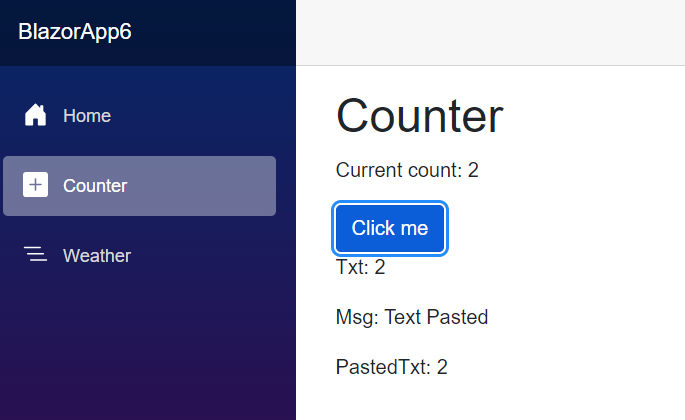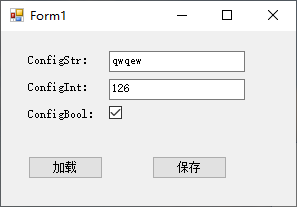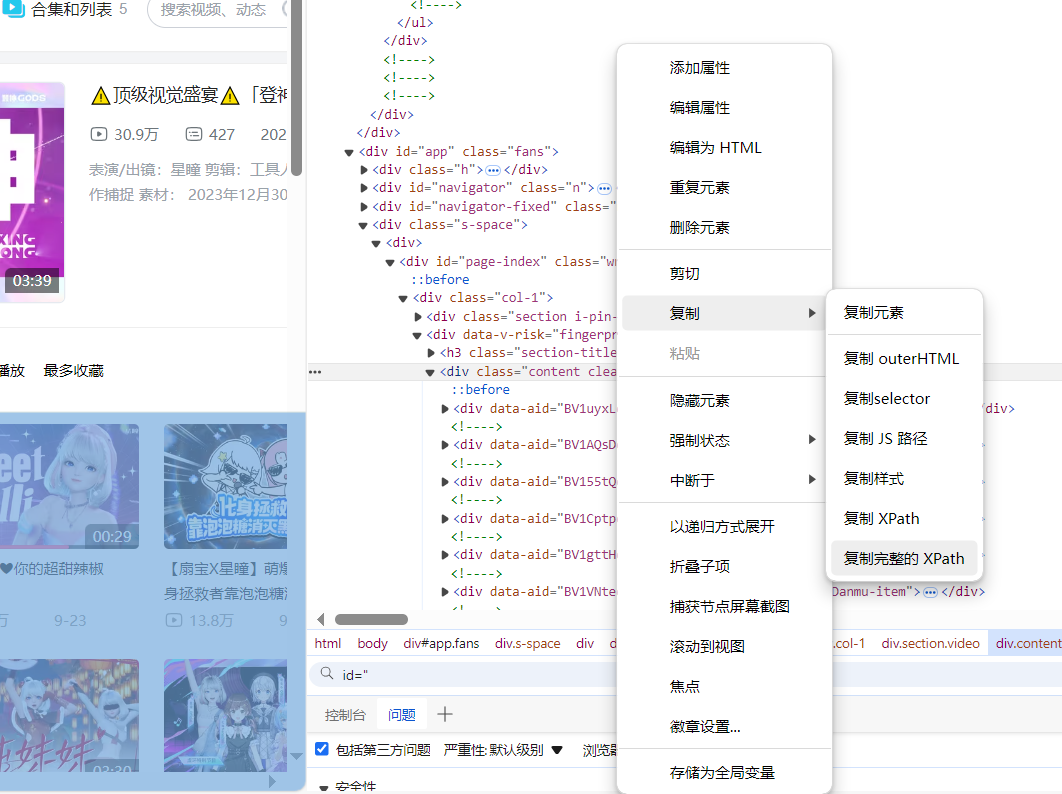> Explicit construction of entity type ‘###’ in query is not allowed.
> Explicit construction of entity type [MyClass] in query is not allowed
> Explicit construction of entity type ” in query is not allowed
我在我的代码中使用DBML自动生成的LINQ to sql类,因此能够适当地选择和插入数据会很棒.这是另一篇文章中提出的一种方法;在下面的示例中,e_activeSession是DataContext中表的自动生成表示:
var statistics =
from record in startTimes
group record by record.startTime into g
select new e_activeSession
{
workerId = wcopy,startTime = g.Key.GetValueOrDefault(),totalTasks = g.Count(),totalTime = g.Max(o => o.record.timeInSession).GetValueOrDefault(),minDwell = g.Min(o => o.record.dwellTime).GetValueOrDefault(),maxDwell = g.Max(o => o.record.dwellTime).GetValueOrDefault(),avgDwell = g.Average(o => o.record.dwellTime).GetValueOrDefault(),stdevDwell = g.Select(o => Convert.Todouble(o.record.dwellTime)).StdDev(),total80 = g.Sum(o => Convert.ToInt16(o.record.correct80) + Convert.ToInt16(o.record.wrong80)),correct80 = g.Sum(o => Convert.ToInt16(o.record.correct80)),percent80 = Convert.Todouble(g.Sum(o => Convert.ToInt16(o.record.correct80))) /
g.Sum(o => Convert.ToInt16(o.record.correct80) + Convert.ToInt16(o.record.wrong80))
};
var groups =
from record in startTimes
group record by record.startTime
into g
select g;
var statistics = groups.ToList().Select(
g => new e_activeSession
{
workerId = wcopy,percent80 = Convert.Todouble(g.Sum(o => Convert.ToInt16(o.record.correct80))) /
g.Sum(o => Convert.ToInt16(o.record.correct80) + Convert.ToInt16(o.record.wrong80))
});
解决方法
作为一项规则,您应该使用AsEnumerable()将操作从另一个源移动到内存而不是ToList(),除非您真的想要一个列表(例如,如果您将多次访问相同的数据,那么该列表将作为一个缓存).
所以到目前为止我们有:
var statistics = (
from record in startTimes
group record by record.startTime
into g
select g;
).AsEnumerable().Select(
g => new e_activeSession
{
workerId = wcopy,/* ... */
});
但是有一个更大的问题.你也要小心小组.当与聚合方法一起完成时,它通常是可以的,但是否则它最终会变成许多数据库调用(一个用于获取键的不同值,然后每个值一个).
考虑到上述情况(我的意思是不提每一栏).不使用AsEnumerable()(或ToList()或你有什么),因为wcopy可能完全在查询之外(我无法看到它的定义),第一个生成的sql将是(如果允许的话),就像是:
select startTime,count(id),max(timeInSession),/* ... */ from tasks group by startTime
哪个应该由数据库非常有效地处理(如果不是,请检查索引并在生成的查询上运行数据库引擎优化顾问).
虽然在内存中进行分组,但它可能首先执行:
select distinct startTime from tasks
然后
select timeInSession,/* ... */ from tasks where startTime = @p0
对于找到的每个不同的startTime,将其作为@ p0传递.无论代码的其余部分有多高效,这都会很快变得灾难性.
我们有两个选择.哪个是最好的因情况而异,所以我会给两个,尽管第二个是最有效的.
有时我们最好的方法是加载所有相关的行并在内存中进行分组:
var statistics =
from record in startTimes.AsEnumerable()
group record by record.startTime
into g
select new e_activeSession
{
workerId = wcopy,/* ... */
};
我们可以通过仅选择我们关心的列来使其更有效率(如果以上使用表格中的每一列,则无关紧要)
var statistics =
from record in (
from dbRec in startTimes
select new {dbRec.startTime,dbRec.timeInSession,/*...*/}).AsEnumerable()
group record by record.startTime
into g
select new e_activeSession
{
workerId = wcopy,/* ... */
};
我认为这不是最好的情况.我会在我要枚举组的情况下使用它,然后枚举每个组.在您对每个组执行聚合并且不通过它们进行枚举的情况下,最好将该聚合保留在数据库中.数据库擅长于它们,它将大大减少通过线路发送的数据总量.在这种情况下,我能想到的最好的方法是强制除了镜像它的实体类型之外的新对象,但是它不被识别为实体.你可以为此创建一个类型(如果你在这上面做了几个变种就很有用),否则只需使用匿名类型:
var statistics = (
from record in startTimes
group record by record.startTime
into g
select new{
startTime = g.Key.GetValueOrDefault(),/* ... */
}).AsEnumerable().Select(
d => new e_activeSession
{
workerId = wcopy,startTime = d.startTime,totalTasks = d.totalTasks,/* ... */
});
明显的缺点是纯粹的冗长.但是,它会在db中保持最佳操作,同时仍然不会像ToList()那样浪费时间和内存,不会反复击中db,并将e_activeSession创建拖出linq2sql并进入linq2objects,所以它应该被允许.
(顺便提一下,.NET中的约定是类和成员名称以大写字母开头.没有技术原因,但这样做意味着你将匹配更多人的代码,包括你使用的BCL和其他库的代码).
编辑:第二次偶然;我刚看到你的另一个问题.请注意,在某种程度上,AsEnumerable()在这里是一个变体,正是导致该问题的原因. Grok,你会对不同的linq查询提供者之间的界限进行很多讨论.




